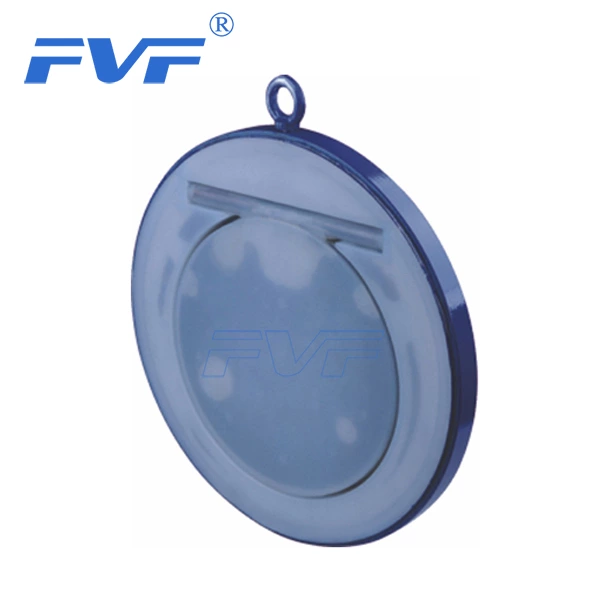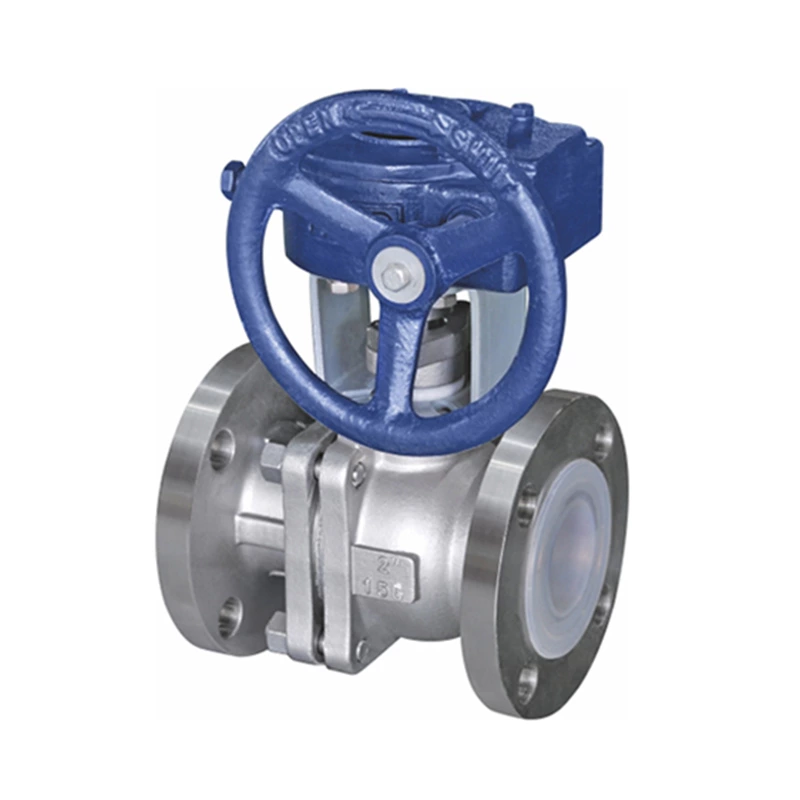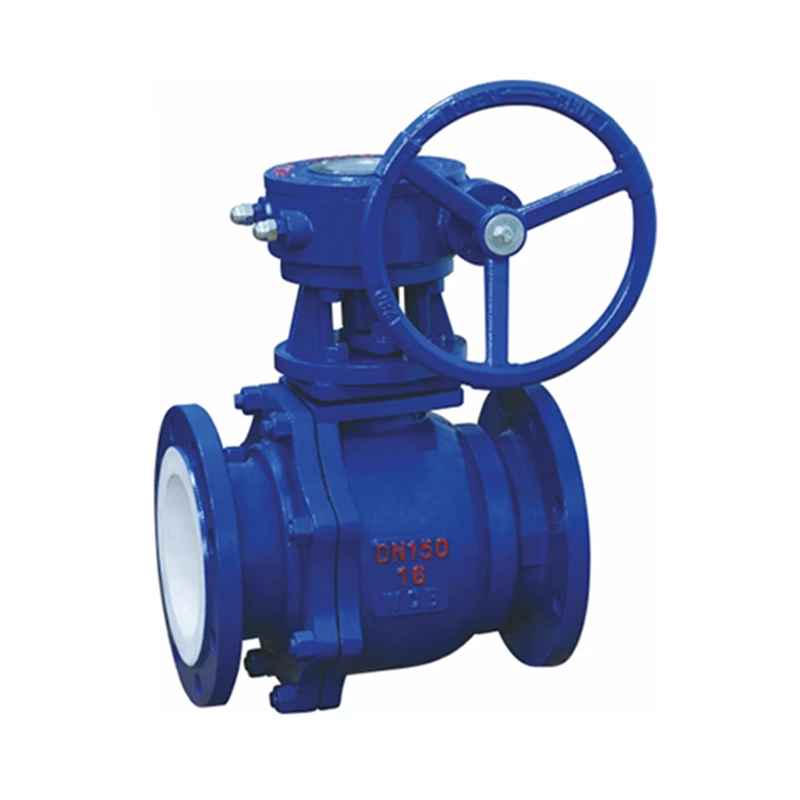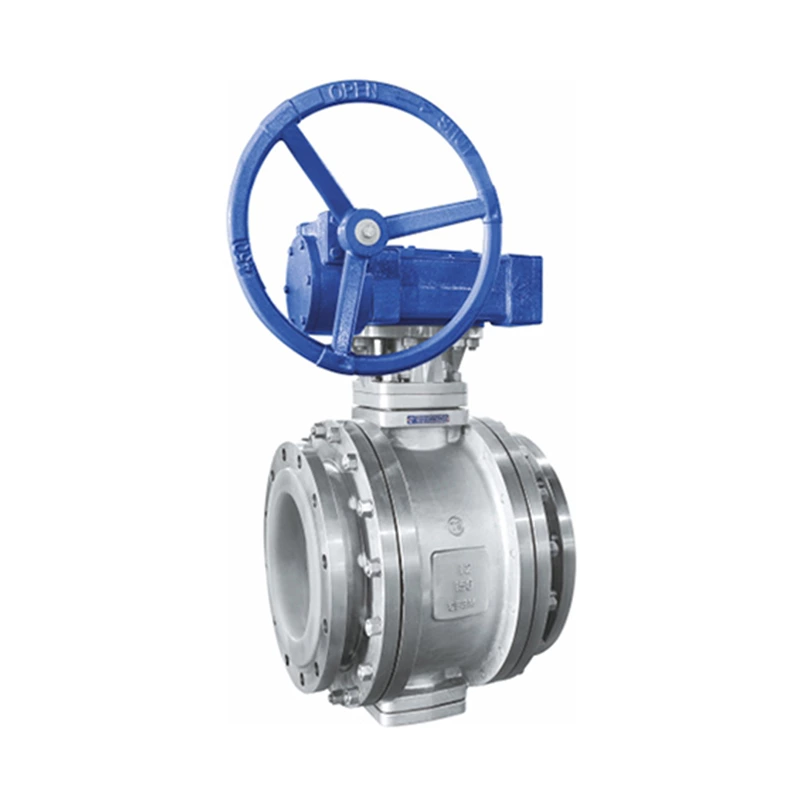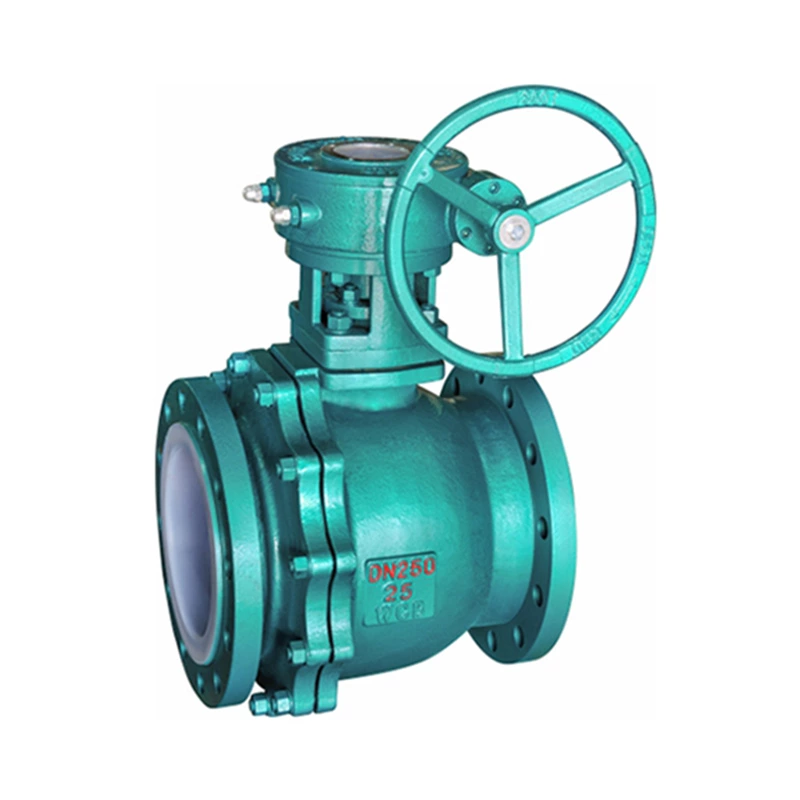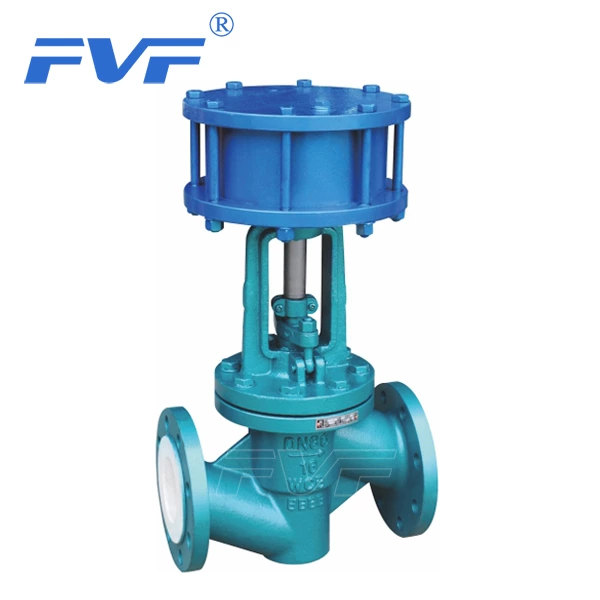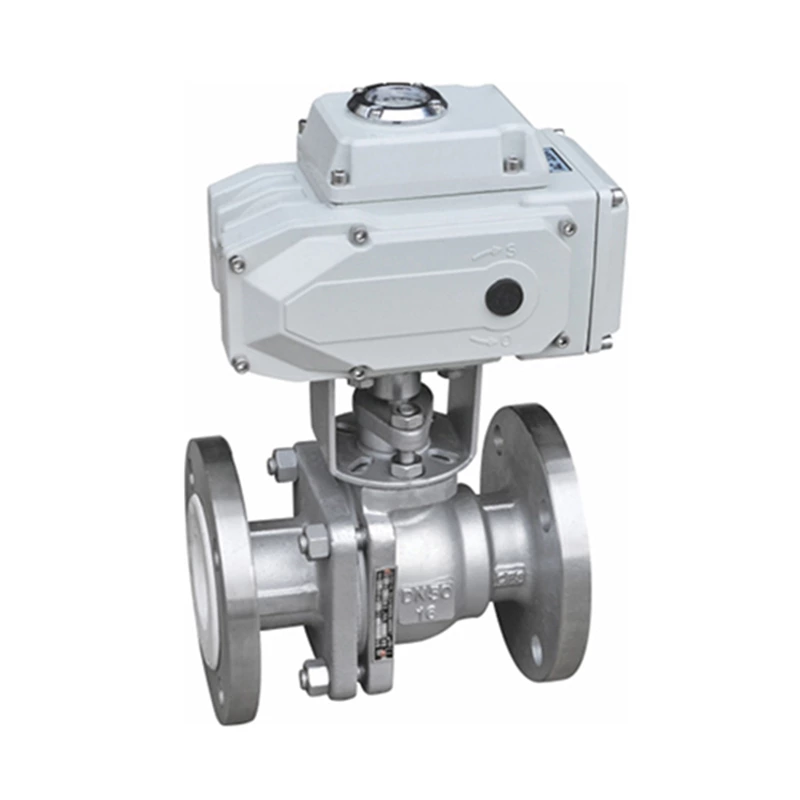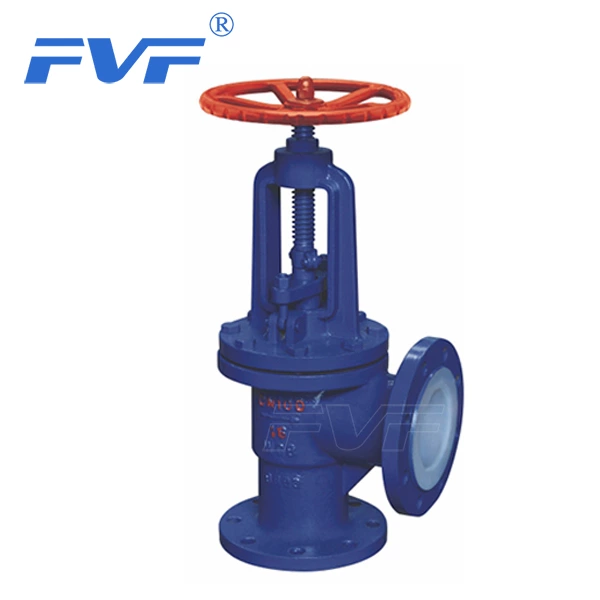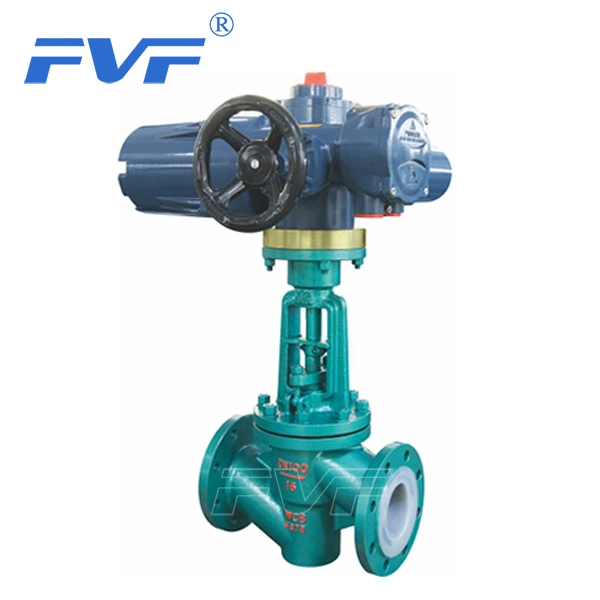Corrosion Of Metal Valves And Application Of Synthetic Material Valves
Corrosion of Lined Valve is usually understood as the damage to the metal material of the valve under the action of chemical or electrochemical environment. Since the "corrosion" phenomenon occurs in the spontaneous interaction between metal and the surrounding environment, how to isolate the metal from the surrounding environment or use more non-metallic synthetic materials has become a common concern.
It is well known that metal corrosion damage has a considerable impact on the service life, reliability and service life of the valve. The action of mechanical and corrosive factors on the metal greatly increases the total wear of the contact surface. The total wear of the friction surface during the operation of the valve. During the operation of the valve, the friction surface is worn and damaged due to the simultaneous mechanical action and the chemical or electrochemical interaction between the metal and the environment. For the valve, the complex working climate conditions of the pipeline; the presence of hydrogen sulfide, carbon dioxide and certain organic acids in media such as oil, natural gas and oil layer water increases the destructive power of the metal surface, thereby quickly losing its working ability.
Since the chemical corrosion of metals depends on temperature, mechanical load of friction parts, sulfide contained in lubricating materials and its acid resistance stability, duration of contact with media, catalytic effect of metal on nitriding process, conversion speed of molecules of corrosive substances to metal, etc. Therefore, the anti-corrosion method (or measures) of metal valves and the application of synthetic material valves have become one of the research topics of the valve industry.
1. The anti-corrosion of metal valves can be understood as coating the metal valve with a protective layer (such as paint, pigment, lubricating material, etc.) to protect it from corrosion, so that the valve is not corroded during manufacturing, storage, transportation or the entire process of its use.
The anti-corrosion method of metal valves depends on the required protection period, transportation and storage conditions, valve structural characteristics and materials, and of course, the economic effect of removing anti-corrosion is considered.
There are four main methods for anti-corrosion of metal valves and their components:
1. Put volatile corrosion inhibitors into the steam atmosphere (wrap with anti-corrosion paper, blow to inhibit air from passing through the product chamber, etc.).
2. Use anti-corrosion water and alcohol solutions.
3. Apply a thin layer of anti-corrosion (protective) material to the surface of the valve and its parts.
4. Apply a thin layer of the film or polymer to be blocked to the surface of the valve and its parts.
(Note: At present, valve manufacturers widely use lubricating materials and water-blocking solutions to prevent corrosion.)
2. Application of material valves
Synthetic valves are superior to metal valves in many corrosive working conditions. First, corrosion resistance, secondly net weight, as for their strength, it depends on the shape, arrangement and number of reinforcing fibers. (Generally speaking, the greater the percentage of fiber, the greater the strength of the synthetic material.) In valve applications, the weight content of fiber is basically in the range of 30%-40%, and its chemical stability is mainly determined by the characteristics of the resin body that encapsulates the fiber in the final product. In synthetic valves, the solid polymer body can be either a thermoplastic (such as PVC-polyvinylidene fluoride, PPS-polyphenylene sulfide, etc.) or a thermosetting resin (such as polyester, vinyl and epoxy resin, etc.). Thermosetting resins are better than thermoplastics in maintaining their strength at medium temperatures (i.e., thermosetting resins have a higher heat distortion temperature). (Note: In service conditions, the determination of the heat resistance of synthetic materials is called the heat distortion temperature.)
Currently, the most commonly used synthetic material for chemical process valves is vinyl epoxy resin (thermoplastic material), and its reinforcing fibers are chopped glass fiber (1/4 inch long) and chopped graphite fiber (1/4 inch long). The following table compares the performance of the most widely used synthetic materials with that of corrosion-resistant metals.
Glass reinforced vinyl graphite reinforced vinyl graphite reinforced PPS316SSHast-C
Tensile strength (Psi) 40006000260008500090000
Flexural strength (Psi) 80001200035000NANA
Compressive strength (Psi) 1400018000210008500090000
Heat deformation temperature (°F) 2957320 520NANA
Coefficient of thermal expansion (in/in/°F) 15×10-615×10-613×10-66.3×10-69.9×10-6
Note: NA means not applicable (or invalid)
From the surface analysis, glass and graphite reinforced synthetic materials have lower tensile strength than metals. Therefore, synthetic valves with greater stress should have thicker sections and reinforced ribs to achieve the same performance as metals.
Due to the corrosion resistance, high strength and light weight of synthetic valves, they have become a more economical optional valve product in many corrosive conditions of metal or glass fiber reinforced plastic piping systems. In chemical process conditions, the use of synthetic valves has excellent prospects.
In the valve industry, the use of organic and synthetic materials is no longer the traditional concept of metal and non-metallic valve materials. Ceramics (which can increase the operating temperature of valves from 400°C to over 1200°C), plastics (which are rust-resistant and corrosion-resistant), synthetic materials (which are corrosion-resistant, light-weight and high-strength), memory alloys (valves made using the reversibility and high elasticity of shape memory alloys or temperature memory alloys), etc. New materials are being developed into a large number of new valve products with high performance. The development of new technologies has made it possible for various engineering materials to be used in the valve manufacturing industry.
